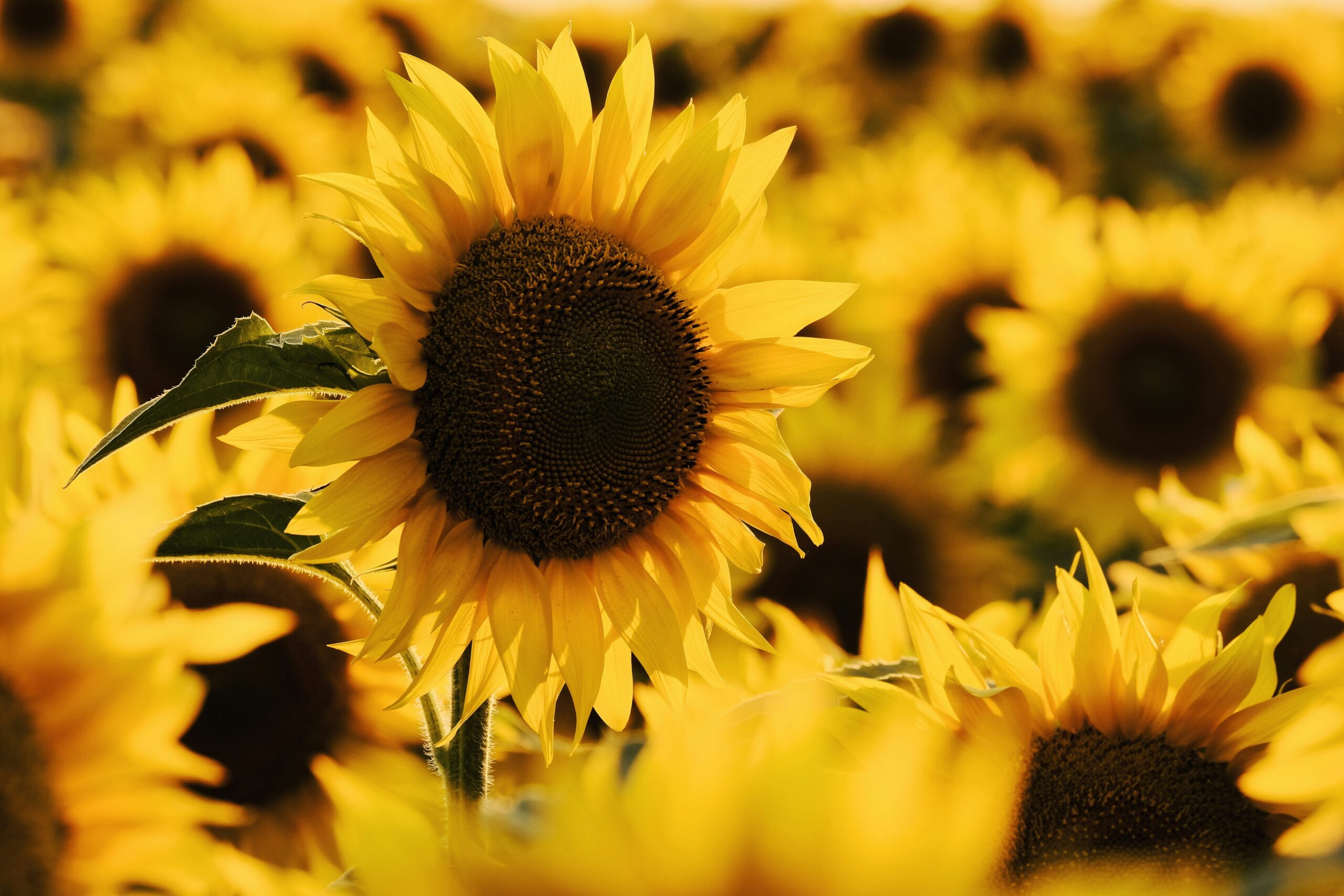
Mother’s Day, a day dedicated to honoring and expressing gratitude to mothers, has been celebrated in various forms across the globe. The meaning of Mother’s Day transcends mere celebration; it is a symbol of the selfless love, sacrifice, and undying bond between a mother and her children. This article explores the rich history and symbol for mother that have evolved over time, tracing back to its origins and understanding the varied ways it is celebrated worldwide.
The Origins of Mother’s Day
The inception of Mother’s Day can be traced back to ancient civilizations. The Greeks and Romans held festivals that honored mother goddesses, while early Christian celebrations had a day known as “Mothering Sunday.” However, the American incarnation of Mother’s Day is relatively recent and has a slightly different perspective and origin, which is pivotal in understanding the mothers day symbols and celebrations we see today.
Understanding the Significance of Mothering Sunday
In the United Kingdom and parts of Europe, Mothering Sunday was historically a day for the faithful to return to their ‘mother church’ – the main church in the vicinity of their home. Eventually, the tradition transitioned into a more secular holiday, wherein children would present their mothers with flowers and other tokens of appreciation, which is an early instance of associating mothers day flower bouquet with the celebration.
Origins of the Mother’s Day Tradition
In the United States, Anna Jarvis is often credited with founding Mother’s Day. Jarvis, who never married and never had children of her own, started a massive letter-writing campaign to newspapers and influential politicians urging the adoption of a special day to honor motherhood. By 1912, many states, towns, and churches had adopted Mother’s Day as an annual holiday, and Jarvis had established the Mother’s Day International Association to help promote her cause.
Observing Mother’s Day in the U.S.
Mother’s Day in the United States has become synonymous with the gifting of flowers, cards, and other gifts as a means of expressing love and appreciation. The mothers day flowers sarasota florists, for instance, witness a surge in orders as people select bouquets that symbolize their feelings towards their mothers. The carnation, in particular, is a symbol often associated with the day, with pink carnations symbolizing admiration and love, and white ones representing remembrance and respect.
Global Celebrations of Mother’s Day
Mother’s Day is celebrated across the globe, albeit on different dates and in varied forms. In Thailand, Mother’s Day is celebrated in August on the birthday of the current queen, Sirikit. In Ethiopia, families gather each fall to sing songs and feast as part of Antrosht, a multi-day celebration honoring motherhood. The mother day colors meaning and symbols might differ, but the essence of honoring and appreciating mothers remains a common thread worldwide.
Ideal Presents for Mother’s Day
Gift-giving is a significant aspect of Mother’s Day. From personalized gifts, jewelry, and special outings to the classic bouquet of flowers, there are numerous ways people choose to express their love. The mothers day flower bouquet remains a timeless and popular choice, with various flowers carrying different symbolic meanings, such as roses indicating love and appreciation, and tulips representing care.
Conclusion
Mother’s Day, with its rich history and varied celebrations, stands as a testament to the universal appreciation for mothers. Whether through a heartfelt note, a bouquet of flowers, or a simple hug, the expressions of love and gratitude on this day weave a global tapestry that honors the essence of motherhood. As we observe this special day, the symbol for mother and the various traditions remind us to pause and appreciate the unwavering and boundless love that mothers bestow upon their children.





